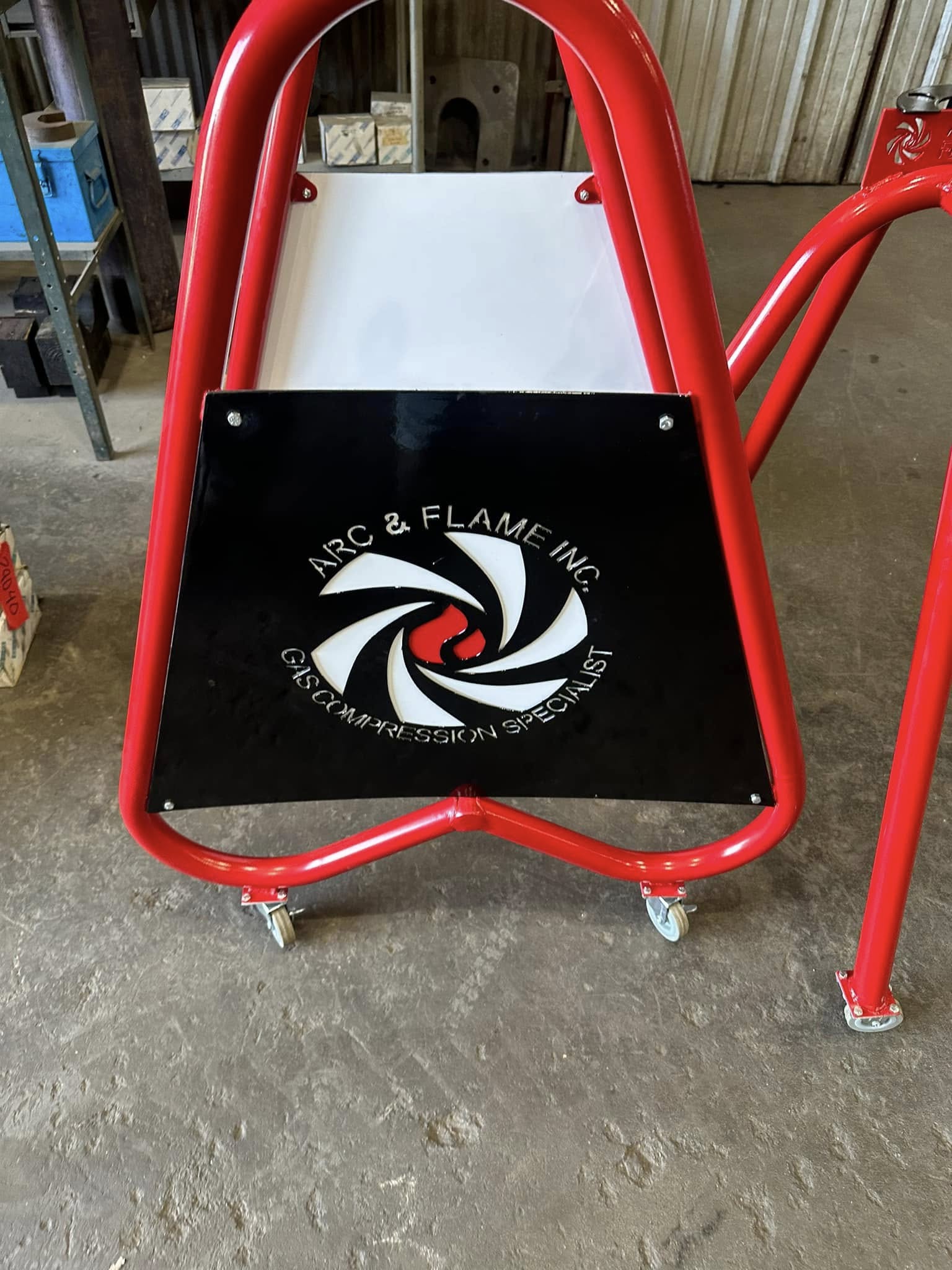
Safety First: Essential Welding Practices to Follow Nov 03, 2025
When discussing welding safety, personal protective equipment (PPE) cannot be overlooked. The foundation of a safe welding practice begins with the right gear. A welder’s helmet, complete with a filter lens, is indispensable for protecting the eyes and face from harmful light and flying debris. Welding gloves made from durable, heat-resistant material protect the hands from extreme temperatures and sharp objects, while flame-resistant clothing shields the body from sparks and splatter. Steel-toed boots provide necessary foot protection should any heavy materials fall. By ensuring all PPE is properly worn and intact, welders can significantly reduce the risk of injury.
Equally important is the workspace. A well-maintained, organized environment enhances safety and efficiency. A clutter-free area minimizes the risk of tripping and allows welders to focus on the task at hand. Proper ventilation in the workspace is crucial to shield workers from inhaling harmful fumes that are generated during the welding process. Adequate lighting should be ensured to provide clear visibility of the work area, reducing the likelihood of errors and accidents. By maintaining a clean and well-lit workspace, potential hazards are drastically reduced.
Another vital component is understanding the welding equipment and its operation. Each welding machine and tool comes with specific instructions and safety guidelines. Before commencing work, it is essential to read and understand these manuals thoroughly. Familiarity with equipment not only increases operational efficiency but also decreases the likelihood of malfunctions that could potentially cause harm. Regular maintenance checks on welding machinery help in identifying wear and tear, ensuring the equipment functions correctly and safely.
Training and education in welding safety practices play a pivotal role as well. Continuous education about industry-specific safety standards, like those provided by OSHA, can keep welders abreast of the latest safety regulations and technological advancements. At Contender Solutions, we conduct regular training sessions to keep our team informed and compliant with these standards. Education leads to greater awareness, fostering a culture that prioritizes safety above all else.
Emergency preparedness also forms a cornerstone of welding safety practices. Fire hazards are a significant concern due to the high temperatures inherent in welding processes. Having fire extinguishers readily accessible and ensuring workers are trained in their use can mitigate damage and prevent disasters. Additionally, first aid kits should be available, with employees trained in basic first aid to provide immediate care in case of accidents.
In conclusion, while welding is an indispensable trade that powers progress in various sectors, the safety of those involved should never be compromised. By adhering to these essential welding safety practices, Contender Solutions ensures a secure working environment that upholds both productivity and the well-being of our team. As welders and industry professionals, fostering a safety-first mindset is crucial—not just for compliance, but to protect our most valuable asset, our people.
/filters:no_upscale()/media/f2bedb9d-e609-444d-b8d0-09b9a9d2d3fa.jpg)